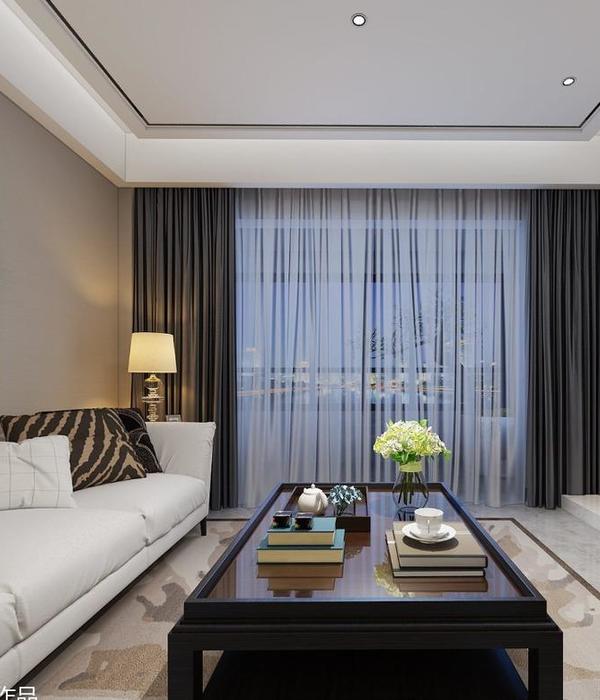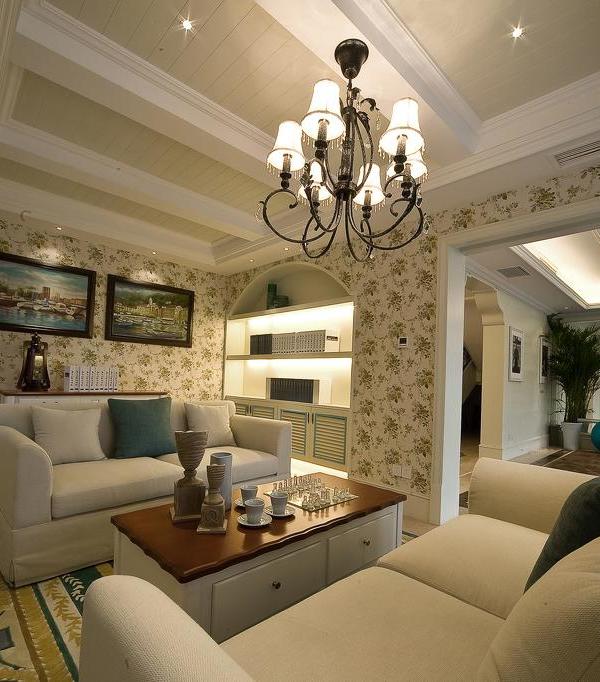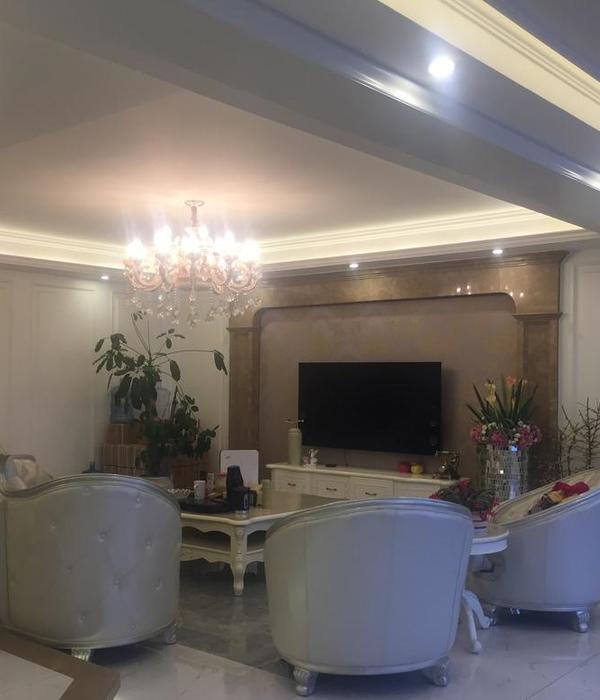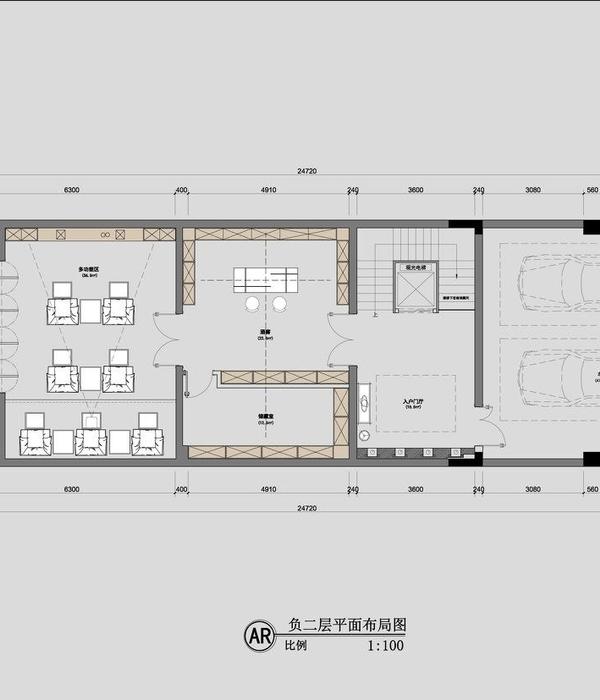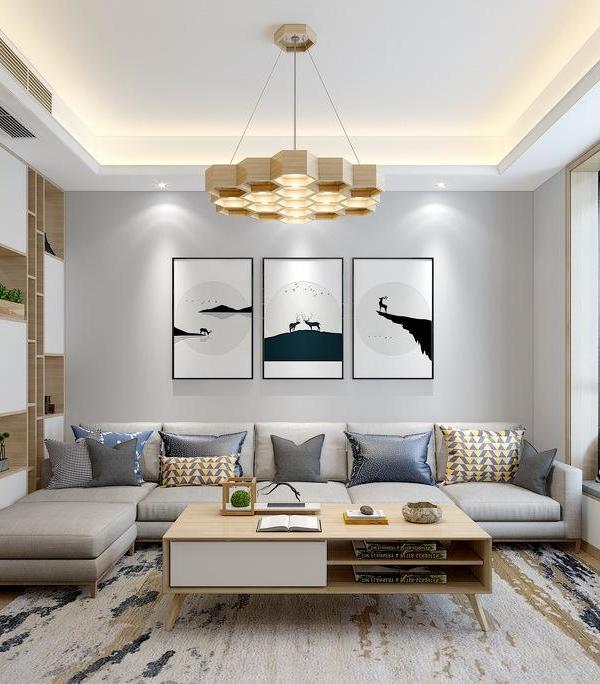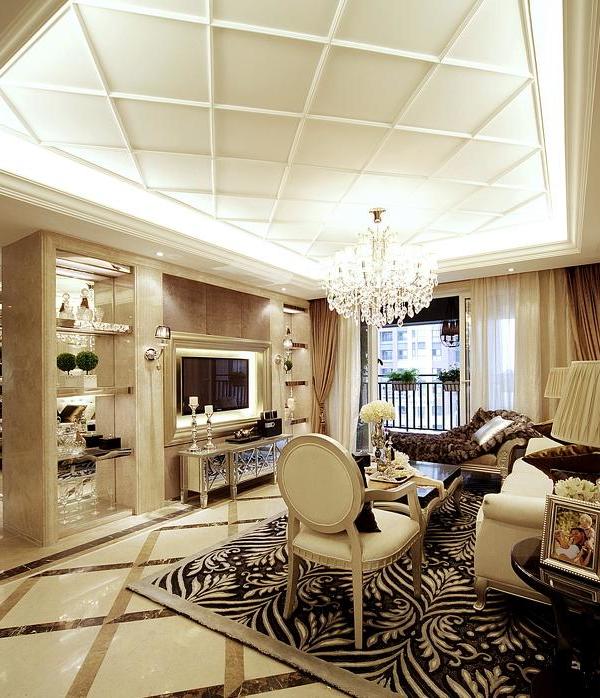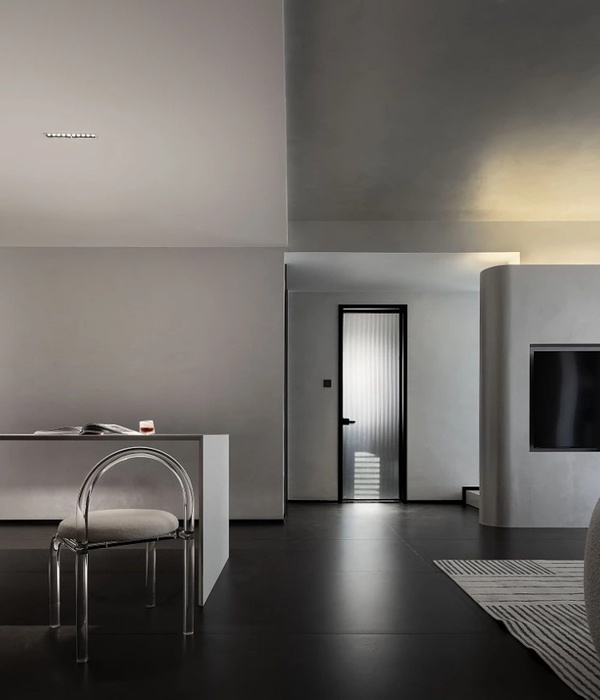Morgwn Rimel is well placed to ponder the psychology of home. As former director of The School of Life, an educational organisation that draws from culture, psychology and philosophy to help people lead more fulfilled lives, Morgwn knows a thing or two about how the way we approach everyday interactions – otherwise known as life – can improve our wellbeing.
Naturally, her home, a converted loft space in a former Methodist chapel she bought via The Modern House in 2014 and extended in 2019, is the product of a great deal of introspection and emotional reckoning. Asking questions such as what she wanted from the space, how it could support her and also be creatively expressive, Morgwn worked with West Architecture to create a home that works for her on more than one front.
Here, Morgwn talks living all over the world, the pitfalls and charms of London and the nature of collaboration.
“My house was very minimal for such a long time. I think home can be a reflection of your emotional state, or what you need. The psychology of home is about how a space very much determines your state of mind, but also reflects it.“I’m American and have lived all over the world, from Tokyo to Montreal. I lived in Australia before moving to London. There, I lived in a somewhat poorly-maintained modernist block, which was fine but not amazing. The difference is that, in Sydney, you want to be outside at the beach, so it doesn’t matter if your home is not a sanctuary.“It’s a different story in London. Life here can be wearing, and the weather is cold and dreary all the time, so having a refuge to come back to is really important.“I’m a total introvert and being in the city, which, although I love for the mental stimulation and the ideas that come from cross-disciplinary clashes, is something I find really exhausting.“So, to be able to come back to a space that lets me recharge and literally find space to think is a real gift, and also quite necessary, I think.“I bought this apartment through The Modern House in 2014. I became good friends with the previous owner and we still see each other to this day. In that way, I felt like I was taking over the guardianship of the space, rather than just moving in. She gave me briefing notes to everything, not just functional things like ‘this is how you use the boiler’, but really lovely little details and quirks about the house.“The previous owners inserted the raised mezzanine about 12 years ago. The materials are very humble, and the design and construction was incredibly clever yet simple.“When I moved in, I went back to West Architecture, the practice that designed the mezzanine and introduced myself as the new caretaker of the space. I was keen to pick up plans for an extension that the previous owners couldn’t get past planning permission.“It took two years to get planning but eventually we were able to remove the roof and install a box-like extension, which now houses my bedroom.“It was my first time working with an architect. I work as a creative director in a lot of other media, so I was quite a hands-on client… their job was basically to reign me in!“It turned out to be a really good collaboration and we had a great dynamic, which made the project fun to do. I’m still friends with them
“I tend to be a bit of a perfectionist in my work, and it’s always been a struggle for me to just do and create without needing it to be perfect. There’s added pressure when it’s for yourself, and it can be overwhelming to try and get all your ideas into one thing.“That is, until you realise this is just one version, and that there will be many more. People often think home is about permanency, because often it was. You had one home that looked the one way, and it might subtly change over time. That’s no longer the case.“I’m someone who has moved so many times that it felt stressful to commit to this house, in some ways. But the fact that it’s so flexible and has changed drastically since I moved in, plus the idea that I can pass it on to someone else, has liberated me from that anxiety.“Also, creating a personal space that honours and responds to its context is often very different to things you like. There are loads of things I like but can’t or shouldn’t live with, because theyre not things I or this space need.“It’s about diagnosing your emotional state and asking, ‘How can I be supported, nourished or consoled – how do I live?’“It’s an intensely personal process but I think if you can be authentic and true to that, there’s a universality in the end result. Instead of designing to please or to sell, or to add value, people should design spaces that work for them.“My relationship with London is more positive after having this space. I feel like I can come here and anchor myself, recharge and then go back out.“I always seek out nature in this city. Although the immediate surroundings feel quite like a gritty, urban environment, there is really good access to green space. I have the Parkland Walk (an abandoned railway that connects Finsbury Park to Highgate), Hampstead Heath and Highgate Woods all close by.“So, there are these places where you can lose yourself in nature, that are genuine wild spaces and not manicured parkland. That’s whats so cool about London.”InteriorsMy Modern House
语言:English
{{item.text_origin}}

